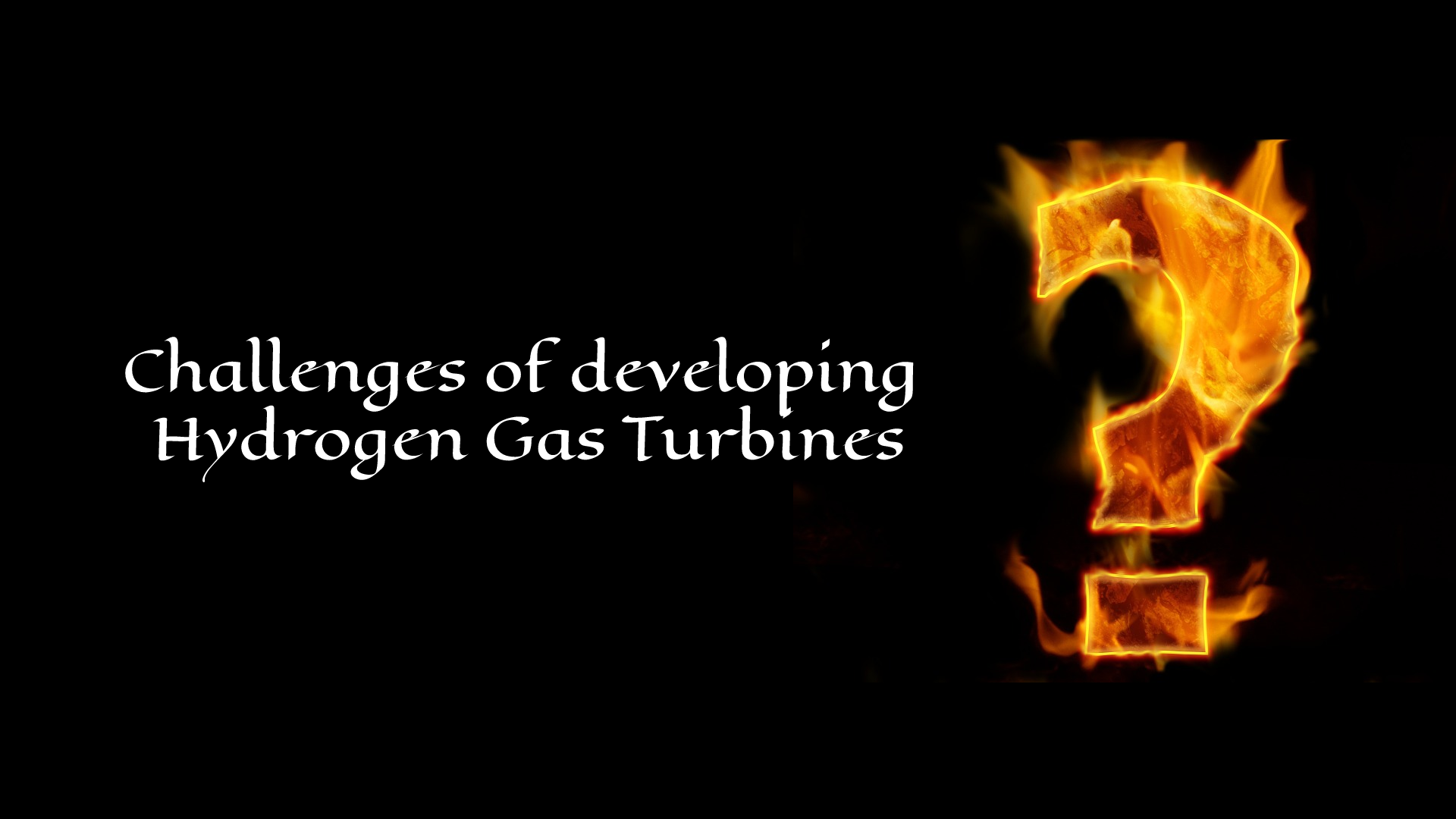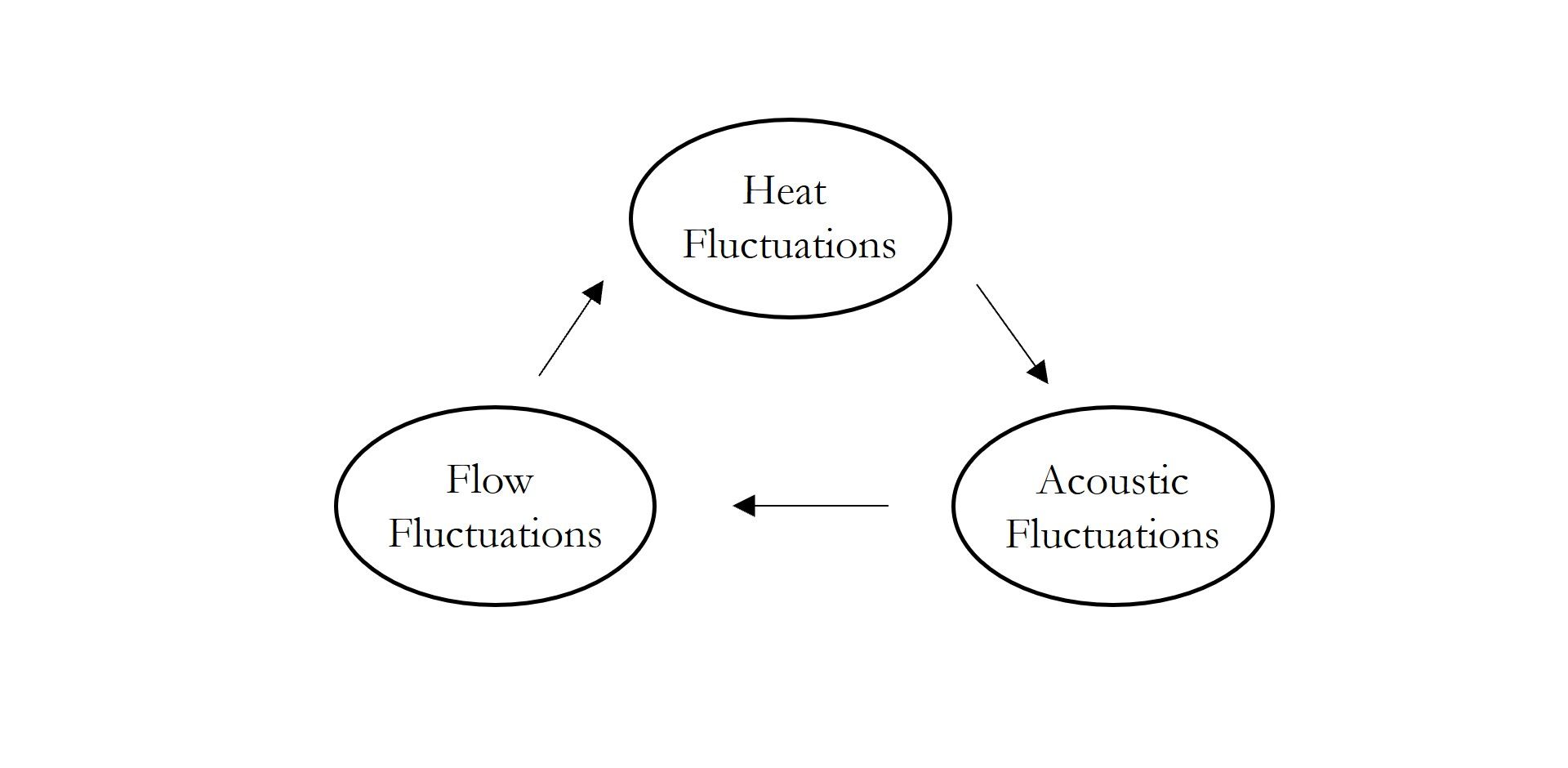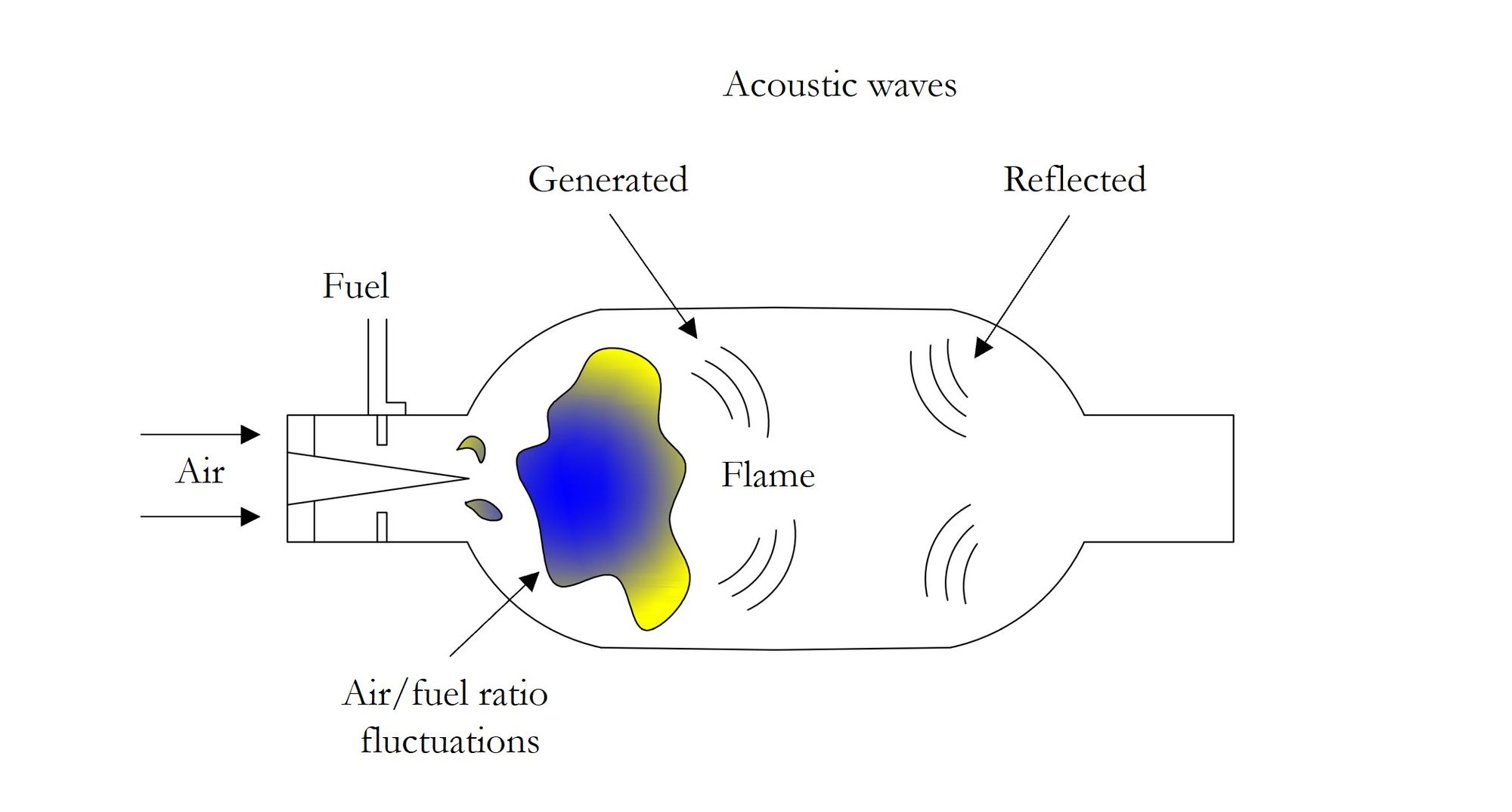Challenges of Re-Electrifying Hydrogen in Gas Turbines

Although hydrogen seems as a promising fuel for gas turbines, it always comes with it's own challenges. These challenges are primarily technological and hence can be solved. These challenges can be mainly classified into two categories: technical challenges and market challenges.
Market Challenges
Though technical challenges are more important to solve from an engineering perspective, market challenges should also be considered. These include:
Costs
Gas turbines are of main interest because they don’t require any major change or addition to the present power generation system to make them compatible with hydrogen. Hence, it’s crucial to keep the cost down. This seems feasible on one side but on the other side is more challenging. The heat produced during the combustion of hydrogen is much higher than that of natural gas, and hence the material of moving parts must be taken into consideration. This increases the manufacturing costs, thereby increasing the cost of the turbine
Efficiency
The calorific value of hydrogen is the highest of all the fuels (150 KJ/g) and is three-time higher than natural gas ~ 55 KJ/g. This means burning hydrogen produces more heat compared to burning natural gas. This theoretically means more efficiency can be drawn from the system, but in practice, it’s not the case because efficient systems must be employed to drive away and utilize this extra heat, and higher temperatures would damage the rotating blades; hence efficient cooling systems must also be employed to maintain the optimum working temperature. Most OEMs use the air from the compressor for cooling, which again impacts the overall efficiency. Additionally, there is also the problem of NOX formation at high temperatures, which again impacts the entire system's efficiency. All these considerations must be considered while designing a gas turbine to combust hydrogen with greater efficiency than conventional machines.
Lifetime Of Parts
This is almost a never-ending challenge as this is the general problem of all gas turbines. The following factors influence the lifetime of a conventional turbine rotor or even annihilate its operation. 1. Fretting. 2. Corrosion cracking. 3. Thermal fatigue. 4. Creep. 5. Loss of ductility.
In addition to these, the corrosion rate in Hydrogen Fired Gas Turbines (HFGT) would be even higher due to the presence of high vapor content in the exhaust. Using steam to reduce NOX emission will also increase the rate of corrosion. Gas turbine OEMs calculate the lifetime of gas turbine rotors in terms of Equivalent Operating Hours (EOH). The typical lifetime of a conventional rotor ranges from 100,000 to 150,000 EOH.
Flexibility
Gas turbines are known for their flexibility, i.e., the ability to combust more than one fuel. Even though HFGT are primarily focused on combusting hydrogen, it should also be designed to operate on other hydrogen-rich fuels or a blend of fuels too. For instance, Japan's New Energy and Industrial Technology Development Organization (NEDO) aims to co-fire ammonia in thermal power plants using gas turbines under their “Power to gas” program.
Maintainability
Maintenance of gas turbines is either based on EOH devised by the respective OEM or start counts. For instance, a gas turbine operating in a DLN combustor has an inspection interval ranging from 8000-12000 EOH. These maintenances are based on:
1. Combustion inspection. 2. Gas path inspection. 3. Major inspection- rotating components, stationary components, inlet, and exhaust.
This is a challenge to the OEM manufacturing the engine as the new generation of DLN combustors developed for hydrogen firing will have different inspection intervals that must be analyzed. Further, the addition of auxiliary components also will make the major inspection process more complex.
Technical Challenges
The Dry Low Emission (DLE) technology plays a major role in the energy transition to the hydrogen-based system. This technology enables in development of a combustor that could burn a wide range of hydrogen compositions. This could also increase the flexibility of HFGT. However, the following technical challenges must be solved for a complete hydrogen-based energy system.
Autoignition
Present gas turbines have higher efficiency due to the implementation of recuperators. Hence higher inlet temperature can be achieved. This increased temperature could auto-ignite hydrogen in the fuel mixing chamber as hydrogen auto-ignites at 585 °C, but modern gas turbines could operate at inlet temperatures ranging from (750 °C - 1500 °C). In this case, there is a higher chance of the burners and fuel injectors getting damaged. To prevent this from happening, more complex burner designs with multiple nozzle arrangements should be used. This again increases the cost of operation. Autoignition will also make it difficult to stabilize the flame inside the engine.
Flashback
Flashback results from higher flame speeds of hydrogen combustion as hydrogen have a higher flame speed than natural gas. At an equivalent ratio of 1.7, hydrogen burns with a speed of 2.933 m/s. This is eight times more than the flame speed of natural gas, which is 0.374 m/s at an equivalent ratio of 1.1. This flame speed increases with an increase in the fuel's hydrogen concentration, which would damage the internal working components of the engine, and hence efficient ways to address this flashback must be developed. Different OEMs have come up with their own proprietary solutions to this problem. The basic idea is to develop a DLE combustor to burn hydrogen. For example, the micro mix combustion principle developed by Kawasaki Heavy Industries encounters flashback issues and can also burn 100% hydrogen with reduced NOX emissions. Similarly, Siemens is working on enhancing the burner design and fuel injection with the aim of increasing the speed of the air/fuel mixture. The basic principle is simple, when the speed of the air/fuel mixture is greater than the flame speed of hydrogen, the probability of a flashback reduces.
Combustion Oscillations
The higher flame speed causes the internal moving components to oscillate, and this results in the failure of these moving components. This phenomenon is called combustion oscillation or combustion instability, or thermoacoustic instability. This is caused due to the formation of thermal acoustics generated because of the feedback loop between unsteady combustion and the natural acoustics of the combustor, as shown in the Figure below. Unsteady combustion causes fluctuations in the flow, which causes fluctuations in the heat transfer, resulting in acoustic oscillations. These acoustic oscillations lead to further increases in the flow fluctuations, and the loop continues. The amplitude of these oscillations may decrease, increase, or remain constant depending on the energy that is added or removed from the acoustic oscillations. This causes different flame shapes inside the chamber. This becomes even worse when the fuel composition is changed for varying loads. Uncontrolled oscillations can lead to component vibration, increased heat transfer, blowoff and flashback.

Following are the mechanisms that cause combustion oscillations:
1. Fluctuations in fuel flow rate.
2. Oscillations in the air/fuel ratio.
3. Unsteady mixing, Vaporization, and atomization.
4. Fluctuations in the flame area.
5. Flame interaction.
100% Pure hydrogen can be combusted in gas turbines that are equipped with diffusion combustors, but these diffusion burners emit higher amounts of nitrogen oxides, and hence the implementation of highly expensive NOX scrubbing becomes mandatory. This has led to the development of Lean Premixed Combustors (LPM), also known as Dry Low Emission (DLE) combustors. These combustors operate close to the blowoff limit and mix fuel and air at a significantly higher rate causing dynamic instabilities inside the combustor. A schematic diagram of acoustic waves generated due to unsteady combustion is shown in the Figure below. An increase in the hydrogen composition leads to the following effects on the engine:
1. Increase in the blowoff limit and
2. Shifting of flame position due to high flame speeds, which in turn interferes with the thermoacoustic characteristics of the combustor.
3. Unstable combustion leading to a burst of intermittent high amplitude oscillations.
4. Alterations in lame structure, flame position, and flame vortex result in the change in the thermoacoustic state of the combustor.
5. Increase in the pressure amplitudes that coincide with the flashback conditions of the combustor.

The techniques to control combustion instability are classified into either active or passive control techniques. Passive control involves modifications in the engine hardware and requires external energy supply and work by damping the oscillating system. Passive controls are more successful than active systems, but they can only operate over a limited range. The following are the control systems that can be used:
Passive control:
1. Damping elements and silencers.
2. Helmholtz resonators.
3. Quarter-wave tubes.
4. Baffles.
5. Symmetry breaking and
6. Detuning of eigenfrequencies inside the combustion system.
Active control:
1. Modification of fuel flow.
2. Secondary fuel injection.
3. Active Instability Control (AIC) using an actuator.
NOX emissions
NOX emissions mainly occur due to the use of air as the oxidizing medium. The high temperatures inside the combustion chamber result in the oxidation of nitrogen oxides which, when released into the atmosphere, can cause devastating effects. Lowering the flame temperature will result in reduced power output, thereby reducing the overall efficiency of the system. The following methods can be used to reduce the NOx emissions:
1. Micromixers.
2. DLN/DLE combustors.
3. Steam/water dilution.
4. Jet in crossflow mixing.
5. Removal from exhaust gases.
6. Rapid mixing of fuel.
7. Short combustion chamber.
8. Sequential combustion.
Removal from the exhaust can be possible using the catalytic reduction technique, but the emission of NOX is very high that this method of post-combustion capture turns more complex and uneconomical. Hence reducing the NOX formation in the combustion chamber is the best approach for NOX reduction.
Wobbe Index (WI)
Wobbe index indicates whether a gas turbine designed to run on a specific fuel could operate on an alternate fuel or not. This is an essential factor as far as flexibility is concerned. Natural gas is the most common fuel source for gas turbines, which has a higher Wobbe index compared to hydrogen. This means that burning a certain volume of natural gas produces more heat than burning hydrogen of the same volume, i.e., a higher volume of hydrogen gas would be needed to produce the same heat as natural gas. The Wobbe index for natural gas is in the order of 46-52 MJ/Sm3 whereas, that of hydrogen is 45.5 MJ/Sm³. Hence a higher volumetric fuel flow rate of hydrogen is needed to produce the same thermal output as natural gas. This means the fuel nozzles have to be modified for a higher flow rate.
Plant Standards and Norms
Hydrogen has been known for decades as an energy source and an energy carrier. They are also widely used in petroleum and chemical industries, but there are no well-established standards for installation when it comes to power plant installations. These include the challenges of production storage and transport. Gaining complete efficiency from the system, it involves the integration of additional components like electrolyzers, storage, and fuel mixing. The topology of the plant also plays a vital role. For instance, the cost of transport can be reduced if the plant could be installed near an area of renewable power plants like solar or wind.
Safety
Though this challenge is described, at last, it is the most important of all the challenges, including both technical and market challenges. Comparing the molecular size of hydrogen and natural gas, hydrogen is comparatively smaller. This means that the chances of leakage are higher compared to natural gas. These leaks, when left undetected, can lead to devastating effects. Hydrogen is also a highly flammable gas and forms a flammable mixture for concentrations as low as 4%. Adding to this, hydrogen flames are also colorless, i.e., you need additional supporting vision equipment to see the flame. Hydrogen flame also has a meager radiant heat and hence cannot be sensed at a distance. The major causes of hydrogen leakage are:
1. Diffusion through material walls.
2. Expansion or contraction of storage material.
3. Embrittlement.
4. Mechanical stress and vibration.
5. Deformation under pressure and temperature.
6. Corrosion, wear, or damage.
7. Operator error.
To avoid the hazards of the above circumstances, hydrogen leakage sensors and alarms must be mounted, especially in valves and joints. Proper ventilation should also be provided. Hydrogen is lighter than air and hence rises, and hydrogen dissolves in the air faster than air in the air, thereby eliminating the risk of explosion. The following detection technologies can be used:
1. Bubble testing.
2. Catalytic combustion sensors.
3. Thermal conductivity sensors.
4. Electrochemical sensors.
5. Semiconducting oxide sensors.
6. Mass spectrometers.
7. Gas chromatography.
8. Ultrasonic leak detection.
9. Detection through vacuum losses, frost formation, or solid air formation on vacuum-jacketed equipment.
10. Glow plugs and
11. Heat sensors.
The following technologies can be used to detect hydrogen fire:
1. Thermal fire detectors.
2. Optical fire sensors.
3. IR imaging systems.
4. A broom of dry corn straw or stage grass can be used in the case of outdoor environments as these cause radiations in the visible spectrum.
+++++++++++